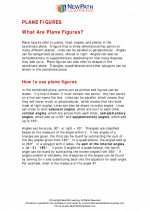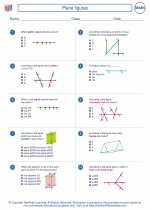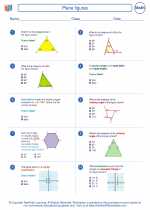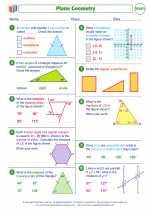Gregorian Calendar
The Gregorian calendar is the internationally accepted civil calendar that was first proposed by the Catholic Church in 1582 by Pope Gregory XIII. It is a solar calendar based on the Earth's revolution around the sun, and it is the calendar system used by most of the world today.
History
The motivation for the Gregorian calendar reform was to bring the date for the celebration of Easter closer to the time of the spring equinox. The previous Julian calendar was slightly inaccurate, causing the date of Easter to drift further away from the equinox over time.
Key Features
The Gregorian calendar has several key features, including:
- 12 months in a year
- 365 days in a common year, and 366 days in a leap year
- Months of varying lengths, with the longest being 31 days
- A leap year occurring every 4 years, except for years that are divisible by 100 but not by 400
Study Guide
Here are some key points to remember about the Gregorian calendar:
- What was the motivation for the Gregorian calendar reform?
- How many months are there in a year in the Gregorian calendar?
- How many days are there in a common year in the Gregorian calendar?
- When does a leap year occur in the Gregorian calendar?
Use this study guide to review the key concepts of the Gregorian calendar, and be prepared to answer questions about its history and features.
.◂Math Worksheets and Study Guides Eighth Grade. Plane figures

 Worksheet/Answer key
Worksheet/Answer key
 Worksheet/Answer key
Worksheet/Answer key
 Worksheet/Answer key
Worksheet/Answer key
 Worksheet/Answer key
Worksheet/Answer key
